Sedges: Versatile Perennials for Every Garden Setting
Discover how these grasslike perennials can transform your landscape with their elegant textures and adaptable nature
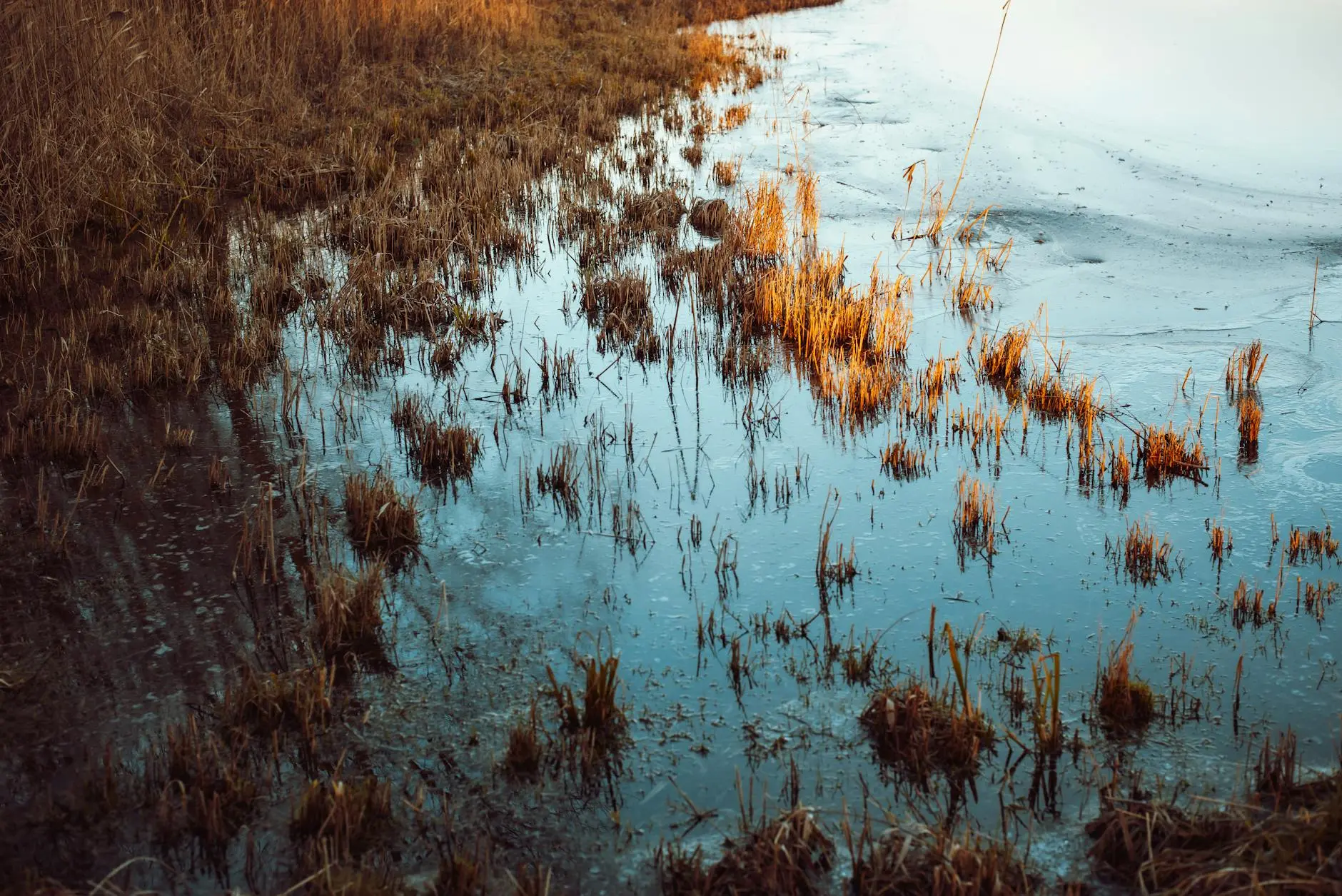
Understanding Sedges: The Versatile Perennials
Sedges are often mistaken for grasses, but these remarkable perennials offer unique characteristics and versatility that make them invaluable additions to any garden landscape. With their elegant textures and attractive colors, sedges can add splendor to nearly any setting, whether in full sun or deep shade. Unlike many ornamental plants that have a brief moment of glory, sedges provide year-round interest and serve multiple functions in the garden.
What sets sedges apart from true grasses? The most reliable way to distinguish between them is by examining their stem shape. While grasses have round, hollow stems, sedges feature triangular, solid stems. An old botanical saying captures this distinction perfectly: “Sedges have edges.” Additionally, sedges typically grow more slowly than most ornamental grasses, making them less likely to become invasive or overwhelming in the garden.
The Many Roles of Sedges in Garden Design
Sedges are remarkably adaptable plants that can fulfill various roles in your landscape design. Their versatility makes them exceptional problem-solvers, particularly in challenging garden areas where other plants may struggle. Here are the primary ways sedges can enhance your garden:
1. Ground Cover Excellence
Sedges excel as ground covers, particularly in shady locations where traditional turf grasses often struggle. Their ability to establish in either dry or moist soil (depending on the variety) makes them perfect for filling out areas around trees and shrubs. Their fine-textured foliage creates a soft, cohesive look that unifies the landscape while suppressing weeds naturally.
2. Lawn Alternative
In areas with minimal foot traffic, sedges provide an excellent, low-maintenance alternative to traditional lawns. Unlike conventional turf, sedges don’t require regular irrigation, fertilization, or frequent mowing to maintain their health and appearance. This makes them an environmentally friendly option that conserves resources while still providing an attractive, uniform look.
3. Foundation Layer for Mixed Plantings
One of the most innovative uses for sedges is as a foundation or matrix planting. This approach, sometimes called companion planting, has gained significant popularity among landscape designers seeking to create more sustainable, self-supporting gardens. In this role, sedges serve as the base layer into which other perennials, shrubs, and ornamental plants are integrated, creating a cohesive and visually appealing garden that mimics natural plant communities.
4. Container Displays
Sedges thrive in containers, as their preference for well-drained soil aligns perfectly with the natural drainage provided by pots and planters. Their architectural forms and varied textures make them excellent structural elements in container gardens, where they can be combined with flowering perennials for dynamic seasonal displays.
Seasonal Performance of Sedges
One of the most valuable characteristics of sedges is their distinctive seasonal growth pattern. Unlike many perennials that go dormant in winter, many sedge varieties maintain their form and color year-round, providing structure and visual interest even during the coldest months. They typically thrive in the cool weather of early spring, when they put on fresh growth before many other perennials have emerged.
During the heat of summer, many sedges may enter a period of slower growth or semi-dormancy, allowing the showier summer-flowering perennials to take center stage. Then, as temperatures cool in fall, sedges often experience a second growth spurt, helping to maintain garden interest as other plants recede for the season. This complementary growth cycle makes sedges perfect companions for traditional flowering perennials.
Top Sedge Varieties for Different Garden Conditions
Sedges for Shade Gardens
Shade gardens often present challenges, but the right sedges can transform these difficult spots into lush, textural landscapes. Pennsylvania sedge (Carex pensylvanica) is particularly valuable in dry shade conditions, where it forms a soft, arching ground cover 8 to 14 inches tall. This adaptable sedge works beautifully when interplanted with spring ephemeral wildflowers like shooting stars (Dodecatheon meadia) and Jack-in-the-pulpit (Arisaema triphyllum), creating a natural woodland-inspired community.
Eastern woodland sedge (Carex blanda) and Eastern narrowleaf sedge (Carex amphibola) are excellent choices for shadier garden areas. These native sedges spread readily by seed and work well as understory plants beneath trees and larger shrubs. Their fine texture contrasts beautifully with broader-leaved shade perennials like hostas and ferns.
Sedges for Sun and Mixed Light
In sunnier habitats, sedges tend to prefer cooler climates with consistent moisture or locations tucked beneath shrubby plants and taller perennials. Muskingum sedge (Carex muskingumensis) thrives in consistently moist areas and features distinctive palm-like foliage that creates beautiful textural contrast with broad-leaved flowering perennials. Its gentle spreading habit makes it an ideal companion for purple coneflower (Echinacea purpurea) and compact cultivars of Joe-Pye weed (Eutrochium).
For mixed sun and shade areas, consider pairing sedges with architectural perennials like Arkansas bluestar (Amsonia hubrichtii) and false wild indigo (Baptisia australis). The sedges create a unifying ground layer that showcases these taller perennials while filling in gaps and reducing the need for mulch.
Sedges for Problem Areas
Sedges truly shine in challenging garden conditions where other plants often fail. For erosion-prone slopes, Pennsylvania sedge (Carex pensylvanica) offers excellent soil stabilization through its rhizomatous growth habit. In wet or poorly drained areas, consider fox sedge (Carex vulpinoidea) or tussock sedge (Carex stricta), both of which tolerate periodic flooding and help absorb excess water.
Design Strategies for Incorporating Sedges
Matrix Planting with Sedges
Matrix planting represents one of the most innovative approaches to using sedges in garden design. In this method, sedges form the foundational layer or “matrix” into which showier flowering perennials are inserted. This mimics natural plant communities where different species coexist in complementary relationships.
The sedge matrix offers several advantages: it suppresses weeds, retains soil moisture, provides habitat for beneficial insects, and maintains visual interest when companion plants are dormant. For a successful matrix planting, use sedges at approximately 60-70% of the total plant composition, with flowering perennials and structural plants making up the remainder.
Creating Movement and Texture
Sedges contribute significantly to the sensory experience of a garden through their movement and texture. Their fine-textured foliage catches the slightest breeze, adding kinetic interest that changes throughout the day. This gentle movement brings a dynamic quality to gardens that static plantings lack.
To maximize this effect, consider planting sedges in drifts or sweeps rather than as individual specimens. This approach creates a more natural, cohesive appearance while amplifying the visual impact of their movement. Positioning sedges where they can be backlit by morning or evening sun further enhances their textural qualities.
Practical Growing Tips for Sedges
Planting and Establishment
While sedges are generally low-maintenance once established, proper planting techniques are essential for success. Plant sedges in spring or fall when temperatures are moderate and rainfall is more reliable. Space plants according to their mature spread, typically 12-18 inches apart for most varieties. Water thoroughly after planting and maintain consistent moisture until plants show signs of new growth, indicating successful establishment.
Maintenance and Care
One of the primary advantages of sedges is their minimal maintenance requirements. Unlike ornamental grasses that often need cutting back annually, many sedges can be left alone or simply refreshed by removing damaged foliage in early spring. If sedges begin to look tired after several years, they can be rejuvenated by dividing clumps in spring.
For sedges used as lawn alternatives, occasional mowing (1-3 times per year) at a height of 3-4 inches can maintain a more manicured appearance without damaging the plants. However, most sedges look best when allowed to grow in their natural form.
Container Growing
When growing sedges in containers, ensure pots have adequate drainage holes to prevent waterlogging. Unlike sedges planted in the landscape, container specimens require more frequent watering and benefit from monthly fertilization during the growing season. In colder climates, container-grown sedges may need winter protection if temperatures drop below their hardiness range.
Ecological Benefits of Sedges
Beyond their aesthetic value, sedges offer significant ecological benefits that enhance garden sustainability. Native sedges, in particular, provide essential habitat and food sources for various wildlife, including beneficial insects and birds. Their extensive root systems improve soil structure, increase organic matter, and enhance the soil’s water-holding capacity.
By incorporating sedges into your garden design, you’re creating a more resilient landscape that supports biodiversity while requiring fewer inputs of water, fertilizer, and maintenance time. This ecological approach to gardening works with natural processes rather than against them, resulting in a more sustainable and rewarding garden experience.
Frequently Asked Questions About Sedges
Q: How do I know if a plant is a sedge or a grass?
A: The easiest way to tell the difference is by feeling the stem. Sedges have triangular stems (“sedges have edges”), while true grasses have round, hollow stems. Sedges also typically grow more slowly than ornamental grasses.
Q: Can sedges replace my lawn entirely?
A: Sedges can replace lawns in low-traffic areas where you don’t need a surface for heavy play or frequent walking. They won’t tolerate the same level of foot traffic as traditional turf grasses but offer a beautiful, low-maintenance alternative for ornamental lawn areas.
Q: Do sedges spread aggressively?
A: Most sedges spread at a moderate rate, making them manageable in garden settings. Some spread by rhizomes (underground stems), while others self-seed. Research specific varieties before planting, as spreading habits vary among species.
Q: Do sedges need to be cut back like ornamental grasses?
A: Unlike many ornamental grasses, most sedges remain evergreen or semi-evergreen and don’t require annual cutting back. Simply remove damaged foliage in early spring if needed. This makes them even more low-maintenance than traditional ornamental grasses.
Q: Can I divide my sedges if they get too large?
A: Yes, sedges can be divided in early spring or fall. Dig up the clump, separate it into smaller sections ensuring each has roots attached, and replant immediately. Keep newly divided plants well-watered until established.
By incorporating sedges into your garden design, you’ll discover a world of versatility, texture, and ecological benefits that few other plant groups can match. Whether you’re looking to solve challenging site conditions, reduce maintenance, or simply add more visual interest to your landscape, sedges offer solutions that blend beauty with practicality.
References
- https://www.bhg.com/gardening/plant-dictionary/perennial/sedge/
- https://www.hortmag.com/sedges-and-garden-perennials
- https://www.surroundslandscaping.com/build-the-foundation-of-your-garden-design-with-native-sedges/
- https://sargentsnursery.com/creating-movement-in-your-garden-with-perennial-grasses-and-sedges/
- https://www.finegardening.com/article/sedges
Read full bio of Shinta



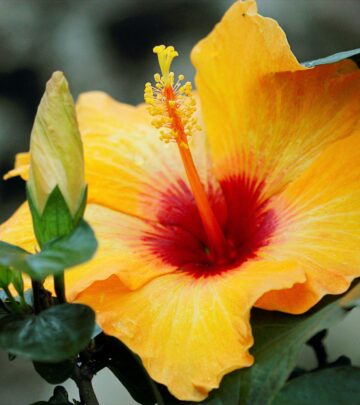
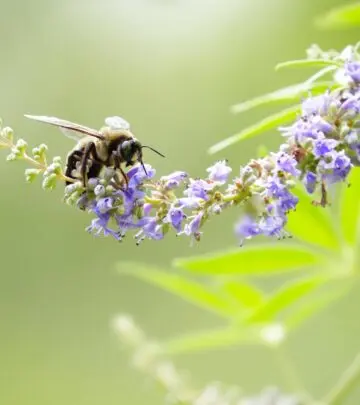
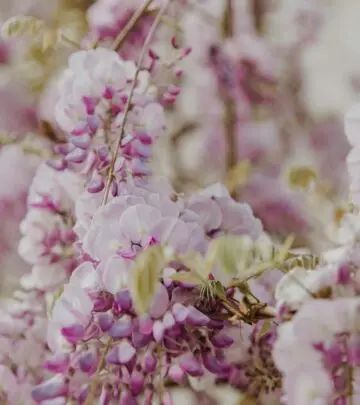
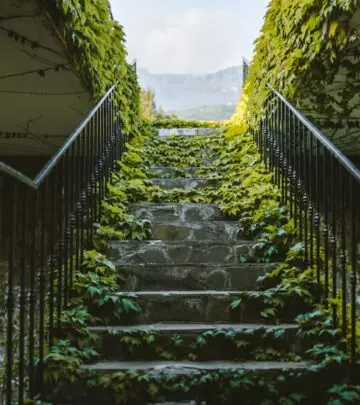
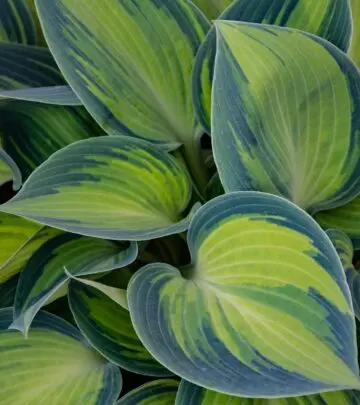

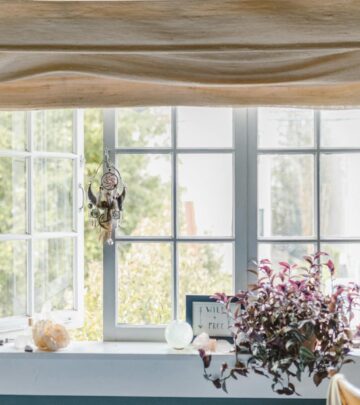








Community Experiences
Join the conversation and become a part of our empowering community! Share your stories, experiences, and insights to connect with other beauty, lifestyle, and health enthusiasts.